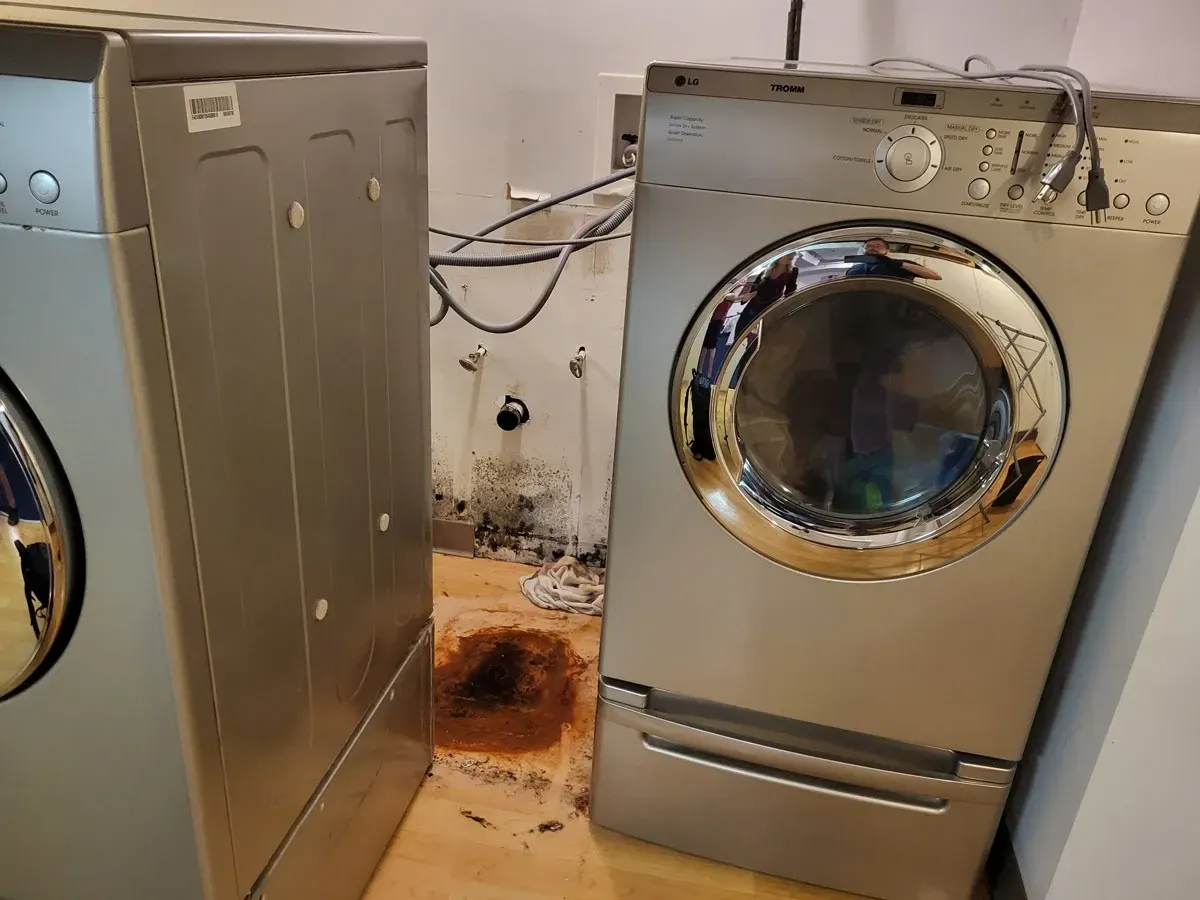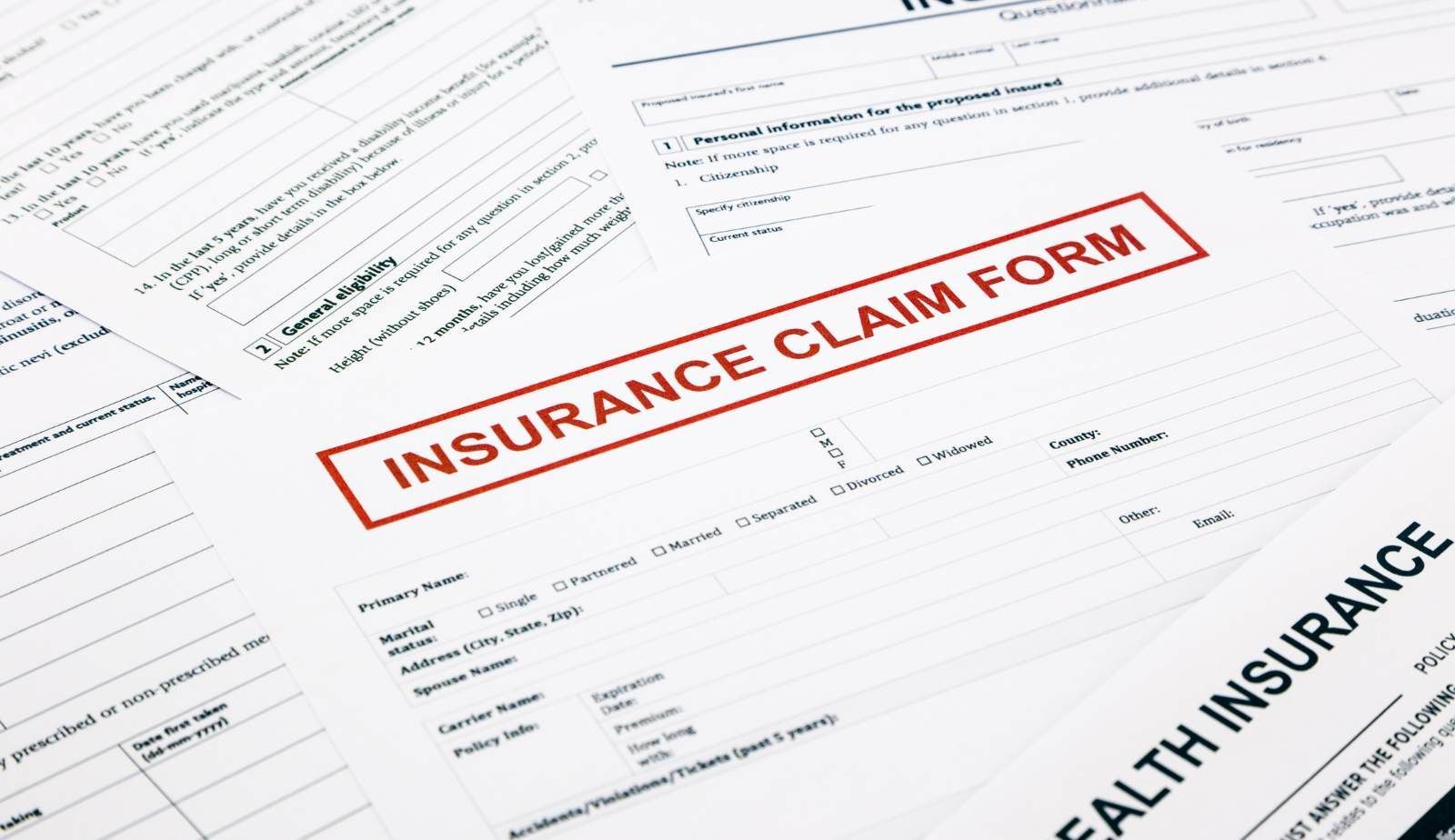Tips for Preventing Mold Infestation Following Water Damage in New Iberia, LA

Maintaining the structural integrity of homes and commercial buildings is crucial in the charming city of New Iberia, Louisiana. Water damage can compromise this, ushering in an unwelcome guest - mold. This uninvited guest can spread quickly, wreaking havoc on your property and health. If your home has experienced flooding or water issues, reach out for the best water damage restoration Mandeville LA has.
Material Impacted by Water in New Iberia, LA, and Suggested Restoration Methods
- Printed Materials: A calculated approach is necessary when handling water-damaged written resources in New Iberia. It is advisable to immediately discard items of minor importance, such as miscellaneous books and papers, to prevent further water damage spread. However, a viable strategy for valuable or significant items is to create photocopies, scans, or digital copies and then discard the water-damaged originals. Another method for preventing mold growth on these materials is preservation by freezing, a practice commonly implemented in water damage restoration across Iberia, LA.
- Carpet and Underlay: Carpets and underlays are highly prone to water damage and potential mold proliferation due to their absorbent nature, making water damage restoration in Baton Rouge, LA particularly challenging. To mitigate this, these materials must be dried efficiently and promptly, ideally within a 24 to 48-hour window post-water exposure. Using a water extraction vacuum can effectively draw moisture from these materials. Meanwhile, operating a dehumidifier will significantly lower ambient humidity, creating a less hospitable environment for mold growth.
- Ceiling Panels: Ceiling panels, particularly those of porous materials, are highly susceptible to water damage and mold growth. When these panels are exposed to water, they often swell and deteriorate, making restoration near-impossible. In such cases, the best approach, as practiced in water damage restoration in Iberia, LA, is promptly removing and replacing such panels. This immediate action prevents potential mold from spreading, mitigating further damage.
- Cellulose Insulation: Similar to ceiling panels, cellulose insulation becomes a favorable environment for mold growth when exposed to water. Its absorbent and porous characteristics mean that it's difficult to dry effectively once it's damp. Consequently, the most effective mold prevention strategy is promptly discarding and replacing the water-damaged cellulose insulation.
- Concrete or Cinder Block Surfaces: Concrete or cinder block surfaces, common in structures across New Iberia, LA, when subjected to water exposure, need to be managed carefully. Water can be successfully removed from these surfaces using a water extraction vacuum similar to that used in water damage restoration in Baton Rouge, LA. The drying process can then be accelerated with dehumidifiers, fans, and, if necessary, heaters. This swift action aids in limiting mold growth and preserving the integrity of the structure.
- Fiberglass Insulation: Water damage to fiberglass insulation, a material common in homes and businesses in Iberia, LA, can lead to severe issues if not addressed immediately. The material's porous nature can quickly foster mold growth when exposed to water. The best way to handle water-impacted fiberglass insulation is to discard it immediately and replace it with fresh material.
- Porous Flooring (Linoleum, Ceramic Tile, Vinyl): Porous flooring materials, such as linoleum, ceramic tile, and vinyl, require a careful cleaning and drying process after water exposure. Vacuuming or damp wiping with water and mild detergent, followed by thorough drying, is an effective process for managing these surfaces. Further, it is crucial to check and ensure that the underflooring is dry, and if necessary, drying methods must also be applied to this area. Meticulous attention to detail is a cornerstone of successful water damage restoration in Iberia, LA.
Water damage can be an overwhelming challenge for any New Iberia, LA property owner. However, with immediate, calculated, and methodical measures, it's possible to avert mold growth, preserving the health of your property and its inhabitants. While these steps offer you a comprehensive guide, it's always advisable to seek assistance from experienced professionals in water damage restoration for more severe cases.
You might also like
DryMax Restoration Blogs




